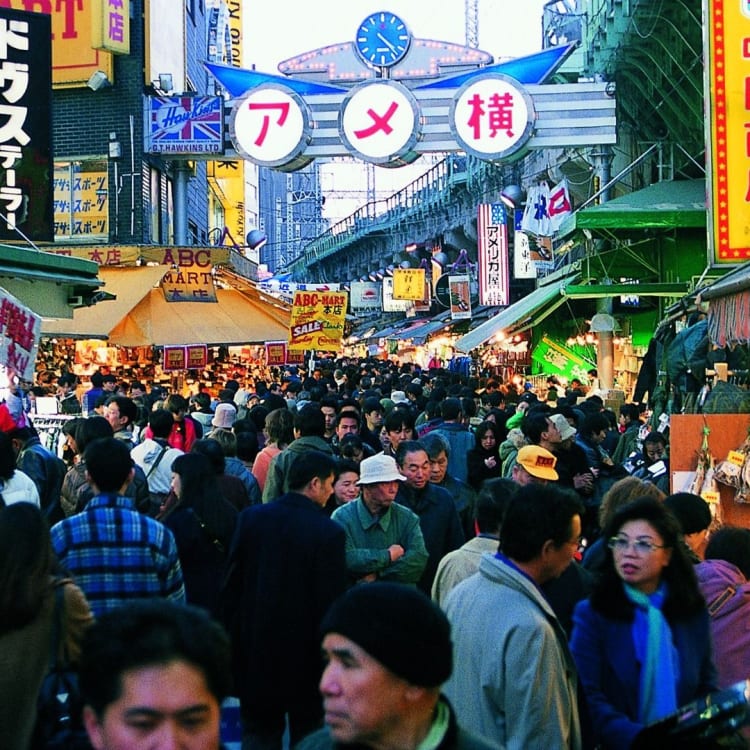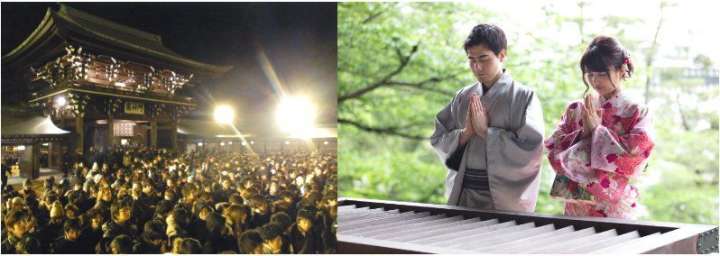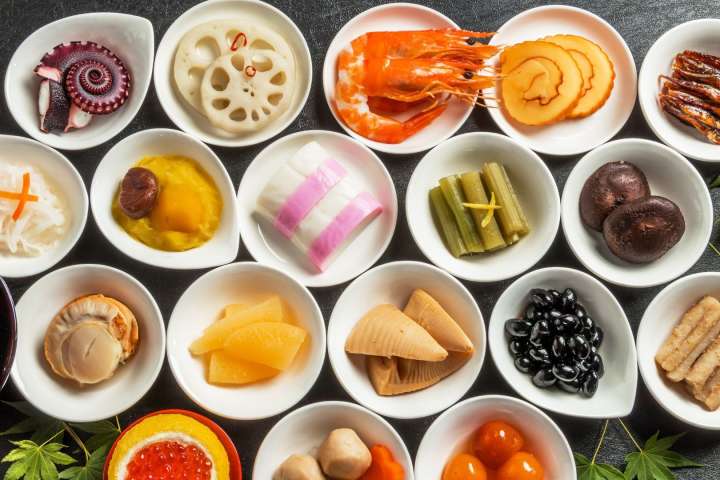
STORY Try The Japanese Style New Year Eve and New Year Day with The Traditional Foods and Customs! by JNTO on 27 November 2019

Right after Christmas, everyone is bombarded with preparations for the New Year. Have you ever heard of the New Year traditions in Japan like Toshikoshi soda (New Year eve soba noodles),Osechi (New Year food), Zoni (rice cake soup), Hatsumode, and Otoshitama? Let’s learn more about them today.

What is Toshikoshi soba and Shogatsu-sanganichi?
New Year eve is called Omisoka in Japan, which is a day to prepare to welcome the god of Toshigamisama (literally, god of New Year, believed to descend from high mountains to bring happiness to people in the first day of the year).
Shogatsu-sanganichi refers to the first three days of the year, a period for New Year celebration- Japanese people visit their families and relatives, gather and celebrate.

For those who are planning to visit Japan in the captioned period, be mindful that many visiting spots, restaurants, and shops are closed from around 29th December until 3rd January!
How to prepare for New Year? What to do in New Year eve and New Year day?
In Japan, people do “Osoji” (literally “a big scale cleaning”) to clear the dust accumulated in a year. As a signal to the gods so they can visit the house without getting lost, people hang a “Shimenawa” wreath and “Kadomatsu” decoration in front of their house. Inside, they place a “Kagami mochi” (literally "mirror rice cake") with two round rice cakes that a smaller one made atop of a larger one, which is a dedication to god.

Also, Japanese people eat “Toshikoshi soba” on “Omisoka”, 31st December. There are many stories to explain the origin of eating long, thin noodles on the last day of the year, while it is commonly considered a good sign as the long noodles can be interpreted as “long living”. Another traditional New Year food is shrimp tempura for the curved body may also nicely symbolise longevity, and the food is usually consumed for celebration.

After finishing the noodles, people head to temples for a bell-ringing ceremony-at midnights, temple rings the bell for 108 times, which is said to be the number of worries of mankind in world, this tradition is called “Joya no kane”.
On the first day of the year, Japanese people climb up to high mountains or highlands to see the first sunrise of the year, the “Hatsu-hinode”, and pray in temples as “Hatsumode”. Traditional celebrations come with “Osechi” (New Year food) and Zoni (rice cake soup). Adults also give “pocket money” to kids, which is called “Otoshidama”.

End Year & New Year Gourmets!

There is a huge number of interesting foods for the end year and New Year period in Japan. As mentioned, on “Omisoka”, people eat “Toshikoshi soba” with different toppings in different regions, including like shrimps and herrings.




“Otoso” is a common drink for New Year, particularly during the first dawn- it is for a wish to drive away all devils in the year and for longevity. “Amazake”, another New Year drink found in temples, is made from rice and koji (natural fungus). There are just too many delicious food to enjoy in New Year, and it is not rare to see people gaining weight in the winter holiday for this reason!
Feel the New Year in Japan at Supermarkets and Convenience Stores nearby Visiting Spots
If you are around in Japan in New Year, do visit supermarkets or convenience stores! Sometimes you are treated with toshikoshi soba when you buy something and use their microwave services, and sometimes you see lovely rice cakes!
Osechi is usually by reservation, so it would be rather difficult to buy one on the new year day, but still, you can see black beans, Datemaki rolls and fish cakes on sales separately- why not pick up one or two you want to try out?

Furthermore, you can look out for spots treating hatsumode visitors with amazake or miki (literally “god” and “alcohol” in old Japanese texts)! Or, you can buy the cute pocket money envelope at convenience stores with the animation characters you like as souvenirs!

















































